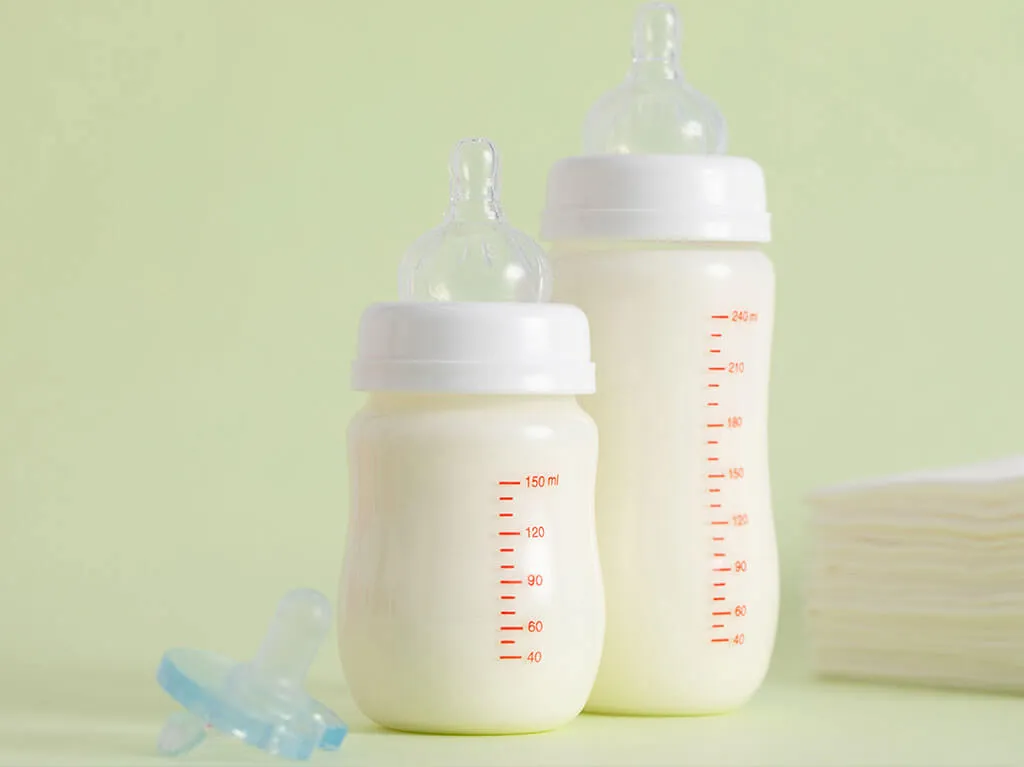PFAS: What they are, legislation and their possible ban

Interest in the presence of emerging pollutants has grown exponentially in recent years due to the risk they may pose to the environment and human health. An example of this is the media focus on per- and polyfluoroalkyl substances (PFAS) because of their potential toxicity and potential for bioaccumulation.
What are PFAS?
PFAS are a group of more than 10,000 fluorinated compounds with high chemical and thermal stability and high surface activity. They are widely used in industrial applications and consumer products, including stain-resistant coatings, paints and varnishes, fire-fighting foams, and lipophobic coatings on food packaging, among others. The main sources arise from fluorination processes and subsequent degradation, as well as intentional use as an additive to repel water or grease.
European legislation
As a result of growing concern about these substances, regulatory developments have been taking place. Since 2009, perfluorooctane sulfonate (PFOS) and perfluorooctanoic acid (PFOA), as well as their salts and precursors, covering more than 500 substances, have been listed in the Stockholm International Convention to restrict or eliminate their production and use. In the European Union, PFOS has been on the list of Persistent Organic Pollutants (POPs) Regulation 2019/1021 for more than 10 years. In recent years, other PFAS have been included in this list, such as perfluorohexane sulfonic acid, its salts and related compounds (PFHxS).
The REACH restrictions also include perfluorinated carboxylic acids with chains between 9 and 14 carbons, and some countries have proposed additional restrictions, such as the one submitted by Germany, for undecafluorohexanoic acid (PFHxA), its salts and related substances.
PFAS contamination in drinking water
In terms of water management, the European Union’s new Drinking Water Directive (Directive 2020/2184), adopted in December 2020, includes specific provisions to address PFAS contamination in drinking water. This regulation sets stricter limits and measures to ensure that drinking water is safe and of high quality throughout the EU. It sets a limit of 0.5 μg/l for total PFAS as a group and a limit of 0.1 μg/l for the sum of the most relevant individual PFAS. Member States are therefore obliged to monitor the presence of these substances in drinking water systems and implement corrective measures in case they detect values higher than those set. Member States have until January 2026 to fully comply with the provisions of the directive.
US PFAS legislation
In the United States, the regulation of PFAS has advanced significantly in recent years, with measures at federal and state level to address the risks that the presence of these substances in the environment can pose. At the end of 2021, the Environmental Protection Agency (EPA) announced the ‘PFAS Strategy Roadmap’, a strategy that focuses on three guidelines: investigate, restrict and remediate through research and development of safer alternatives. So far, maximum levels in the order of parts per trillion (ng/L) have been achieved for 5 PFAS (PFOA, PFOS, PFHxS, PFNA and HFPO-DA) in waters to be applied from 2027.
Regarding packaging, the Food and Drug Administration (FDA) announced an agreement with certain manufacturers to voluntarily remove PFAS from food packaging within 3 to 5 years.
Future of PFAS
While more PFAS are expected to be included on the Candidate List of Substances of Very High Concern (SVHC) in the coming years, the biggest legislative breakthrough in the European Union is expected following the submission to ECHA in 2023 by five European countries (Denmark, Germany, the Netherlands, Norway and Sweden) of a comprehensive proposal to restrict PFAS. The measure aims to ban their manufacture, use and marketing in the EU, with temporary exemptions for essential uses without viable alternatives, while promoting safer substitutes. Following its submission, a public consultation was opened in March 2023, and the ECHA committees will deliver their opinions in 2025. If adopted, the restriction could enter into force in the coming years, significantly reducing PFAS contamination, although it will pose technical and economic challenges for the affected industries.
As far as packaging is concerned, the future entry into force of the European Packaging Regulation in 2026 will lead to a ban on products with intentionally added PFAS.
Recent studies indicate that the substances analysed represent a small percentage of the total PFAS present in the samples. Therefore, it is crucial to continue working on targeted methods to detect and quantify known or expected PFAS, as well as non-targeted methods to try to identify unknown PFAS. In this sense, at AIMPLAS we are working on the validation of methodologies for the measurement of PFAS that include a preliminary determination of total organic fluoride together with targeted assays performed by high resolution chromatographic techniques.
Alejandro Ramírez Torres – Consumer & Environmental Health & Safety Cluster
